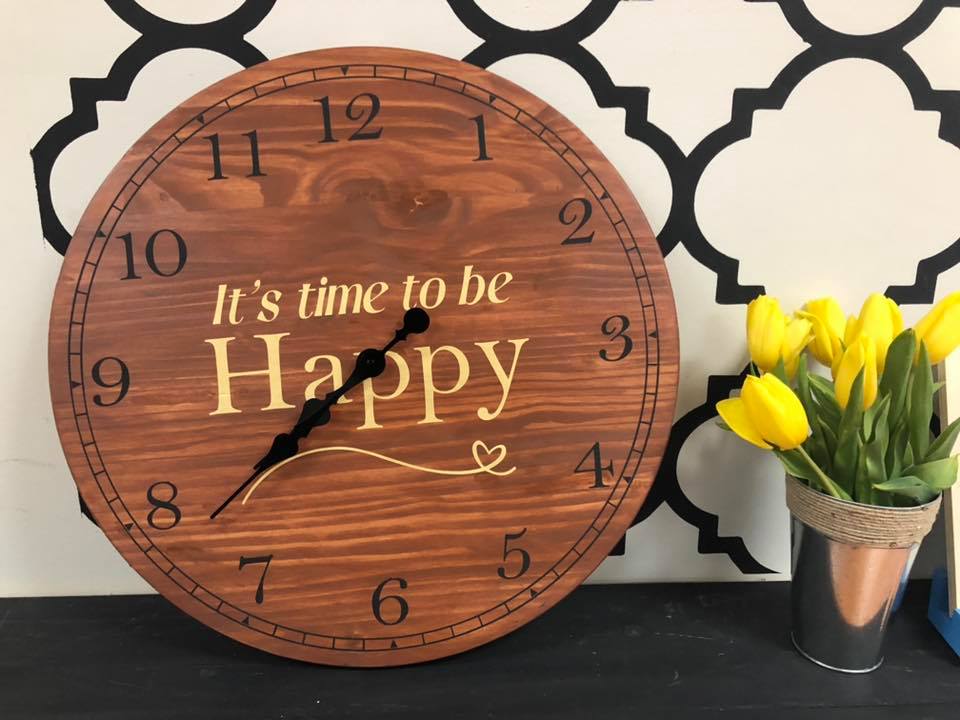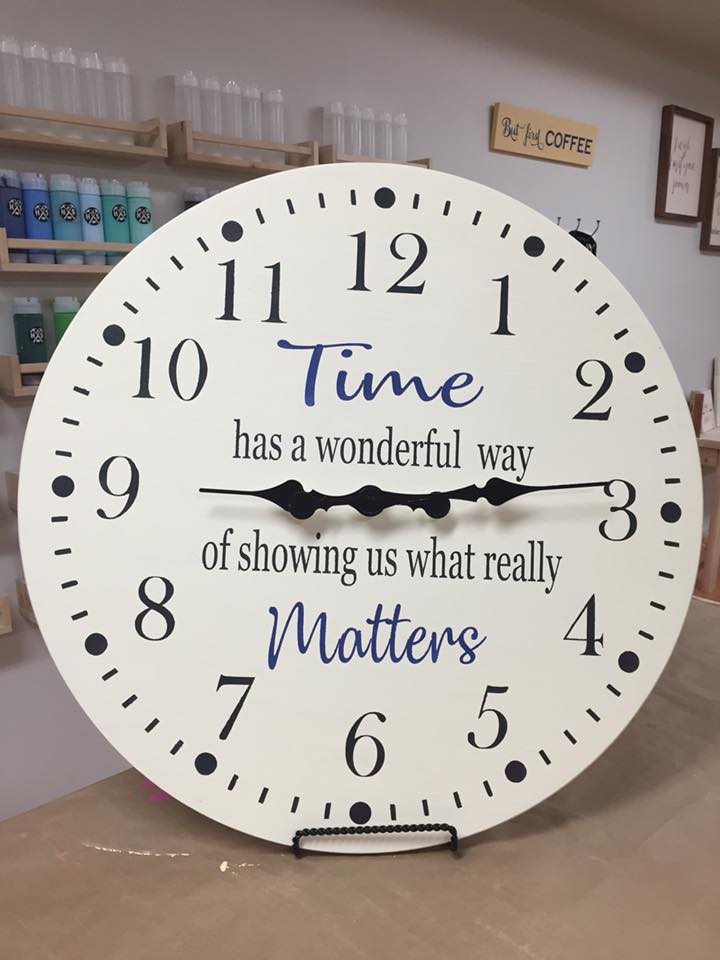

There are over 4000 well-characterised, readily available cell lines serving as models for human disease and development, which can be studied by researchers using a variety of imaging applications. Super Resolution Microscopy (SRM) Going beyond the Limits of Light Light-sheet fluorescence microscopy enables imaging of larger, multicellular samples, such as organoids and whole organisms (e.g., insects, plants, and animals ) that may not be adequately captured in a timely manner using single or multi-photon microscopy, although this does require tissue-clearing methodology to create optically transparent samples.

The thickness of the sheet of light determines the thickness of the optical section captured, and the sample can be rotated and moved through this plane to produce a three-dimensional tomographic image. Emitted light is then detected perpendicular to the excitation sheet, unlike a confocal microscope, which detects the emitted signal in the opposite direction to the excitation beam. Light-sheet microscope operation differs from confocal microscopy, as samples are excited using a sheet of light from the side, as opposed to a focussed beam of light from the top or bottom of a sample. Fluorescence Microscope Hardware SystemsĪnother recent technique, used to image larger tissue samples quickly and efficiently, is light-sheet fluorescence microscopy (LSFM). A helpful flowchart ( Figure 1) is also provided to facilitate researchers to select the most appropriate combination of hardware, biological system, and imaging agent to achieve the best possible outcome in their imaging experiments. The advantages and limitations for each factor will be discussed to allow the reader to make informed decisions when contemplating experimental design. This review aims to summarise the three main considerations when fluorescence microscopy experiments are employed: (1) current hardware availability (2) the different biological models applicable for fluorescence microscopy and (3) the plethora of fluorescent probes available. A misunderstanding of some of these disciplines by researchers from other areas often leads to poor experimental design and research outcomes. The rapid advances in the field of fluorescence microscopy have required a collaborative effort from physicists and engineers developing microscopy hardware, to chemists that continually develop and refine novel fluorescent probes, and biologists who utilise these tools to investigate the biological functions of diverse specimens. The discovery of novel fluorescent markers has driven the development of fluorescence-competent microscope technologies, further enabling researchers to discover and understand the intricate dynamics of subcellular biology and their detailed mechanics at ever-higher spatial and temporal resolutions ( Figure S1).

The use of fluorescently-labelled antibodies in the 1940s enabled precision visualisation of target structures in cells, and with the Nobel prize winning discovery of green fluorescent proteins (GFP) in the 1960s and their subsequent development as a genetic tag, the field has evolved to permit targeted live cell imaging. Initially, auto-fluorescent specimens were visualised with fledgling fluorescence microscopes, until the introduction of fluorescent stains in the 1930s, which enabled non-fluorescent specimens to be visualised.

If approved, a customization fee of $25 will apply.Since the inception of fluorescence microscopes in the early 1900s, their use as a research tool for observing discrete subcellular structures and processes has grown immensely. However, significant changes to our standard designs or special requests for a new design are considered custom and must be pre-approved and submitted at least 7 days prior to your event. * Simple substitutions of words within the shown design and layout can generally be made at no additional charge. On the personalization form, enter the personalized data needed in order to prepare your stencil, or put n/a Choose your project from the Design Choices dropdown menuĢ. Small home shutter, single plank are all 32"Ĭenterpiece boxes are either 32" or 24"(listed in description), rounds are 18", small framed signs are 12x24", large framed signs are 24"x36", gallery signs are 12x16", skinny gallery signs are 6x18", framed squares are 12x12, Large framed squares are 18x18"ġ. (photos are examples only) This registration is good for one adult reservation and will close 48 hours prior to workshop. Come join us for a fun public workshop on Sunday, September 11, 2022 at 1pm at Hammer and Stain Pottstow n and make one of our beautiful projects which you will personally customize with your choice of stains and paints.


 0 kommentar(er)
0 kommentar(er)
